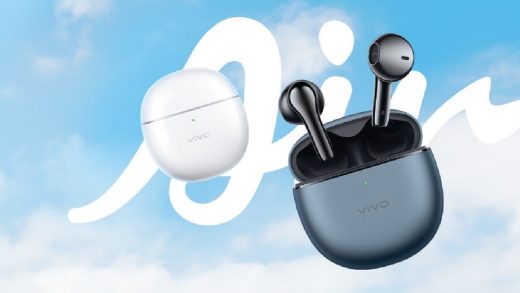
December 3 is celebrated as the International Day of Persons with Disabilities by the United Nations in order to raise awareness and promote the welfare of persons with disabilities around the world. Smartphones are the most widely used pieces of technology today, and tech firms have been making rapid strides in developing technology to make these devices more accessible to users. In recent years, Google has introduced features like Action Blocks, Camera Switches, and Live Transcribe; while Apple has added new features like Assistive Access and Voice Control.
Along with the iOS 17 update that rolled out to the iPhone XR and newer models up to the iPhone 14 series, Apple rolled out features powered by artificial intelligence that allow users at risk of losing their voice due to medical conditions to preserve a digital version that sounds like them, which can be used in apps. Ahead of the International Day of Persons with Disabilities, we take a look at some of these features that can make using an iPhone much easier for users.
Live Speech (iOS, iPadOS, macOS)
iPhone owners who have lost their voice or are unable to speak due to a medical condition can type what they want to say on their phone — it will be read out via the device’s speaker for conversations with a person facing them, or even during FaceTime calls.
When part of a very active group conversation, users can also save certain phrases that can be tapped at will, allowing them to join in the conversation. This feature also works on iPad and Mac computers, according to Apple’s support documentation.
Personal Voice (iOS, iPad)
Powered by on-device machine learning, Apple’s new Personal Voice feature allows iPhone owners who have been diagnosed with a medical condition such as ALS (amyotrophic lateral sclerosis) — degenerative conditions that can result in the loss of the ability to speak. The Personal Voice feature requires users to read out 15 minutes of random text that is generated on an iPhone or iPad, and the audio is then recorded for synthesis.
![]()
Setting up Personal Voice on iOS
Photo Credit: Apple
Once the new voice has been saved, it should provide an artificially generated voice that sounds similar to your own voice. The Personal Voice feature — which is generated and processed completely on the same device — can also be used alongside Live Speech for a more personal touch when communicating with people.
Assistive Access (iOS, iPad)
Apple provides a standard visual interface on iOS, but it can appear somewhat complex for users with vision-related disabilities. In order to make the iPhone and iPad user interface more accessible, Apple introduced a new Assistive Access mode with the update to iOS 17 that greatly simplifies the user interface for users who just want a simple interface.
With Assistive Access enabled users will see much larger icons and text labels along with a simplified interface for optimised apps. They can also use bigger buttons for commonly used actions like answering calls, clicking photos, and navigating back to the home screen. The feature can also come in handy for elderly users, making it easier for family members to stay connected with them.


